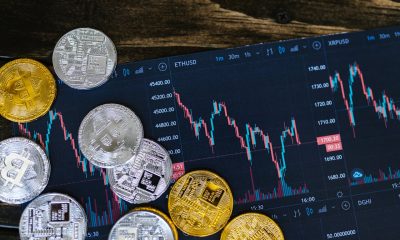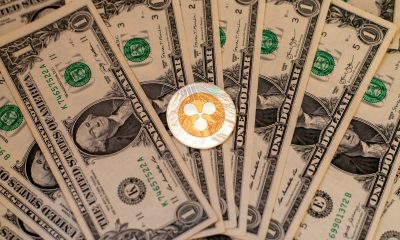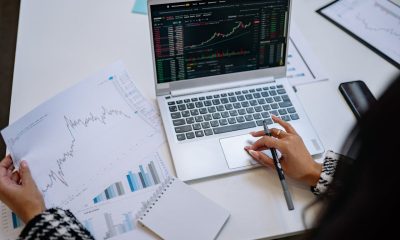Featured
Will Fed easing turn out like ‘95 or ‘07?
The market is dangerously overvalued and global economic growth has slowed to a crawl along with S&P 500 earnings.
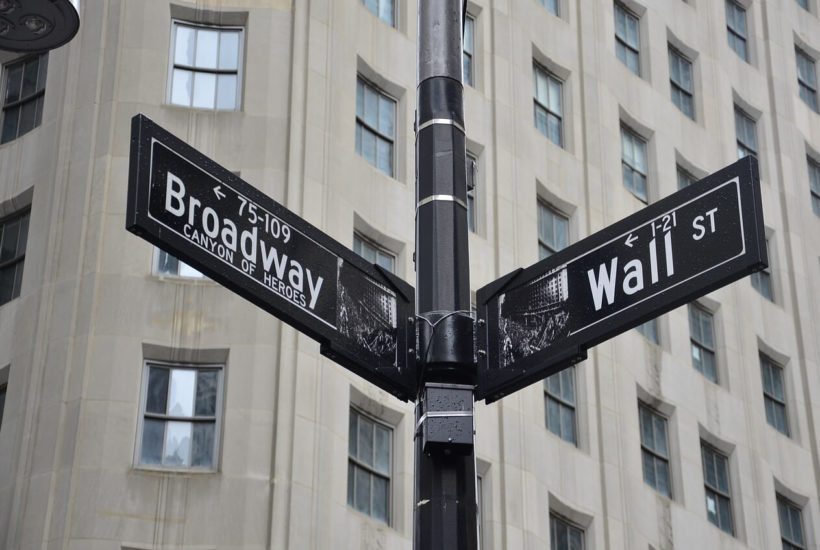
However, you must also be wondering when the massive overhang of unprecedented debt levels, artificial market manipulations, and the anemic economy will finally shock Wall Street to a brutal reality.
Artificially-low bond yields are prolonging the life of this terminally-ill market. In fact, record-low borrowing costs have been the lynchpin for perpetuating the illusion. Therefore, what will finally pull the plug on this market’s life support system is spiking corporate bond yields, which will manifest from the bursting of the $5.4 trillion BBB, Junk bond and leveraged loan markets. And, for that to occur, you will first need an outright US recession and/or a bonafide inflation scare.
We already have a manufacturing recession abroad and a contraction in the US, as illustrated in the new orders data from the June the ISM report. Wall Street is now starting to understand that there will be virtually zero earnings growth for the S&P 500 for the entirety of 2019. However, what is holding up the high-yield market and, consequently, equity prices now is the view that the Fed’s new rate cutting path will allow this ersatz economy a bit of a reprieve by taking interest rates back to zero and thus suppressing junk-bond yields as well.
The answer to the question regarding when stock prices will crash back toward a fair valuation hinges upon whether or not the Fed’s return trip back to free money will be enough to levitate asset prices and the economy a bit longer. Therefore, you must determine if Jerome Powell’s quick retreat on monetary policy will be like the rate-cutting exercise that occurred in 1995, or will it be more like the 2001 and 2007 FFR cutting cycle, which turned out to be far too little too late to save stocks.
Those three economic cycles all experienced a flat or inverted yield curve with rapidly decelerating economic growth; similar to what we find today. But unlike the relatively innocuous period of ’95, the ’01 & ’07 cycles proved that the rate cuts implemented were not nearly enough to avert a brutal stock market collapse.
Let’s look at a bit of history. After first having raised the Fed Fund Rate (FFR) by 300 bps leading up to the middle of the 1990s, the Fed then began cutting rates by February of 1995. It ended its three 25 bps rate-cutting cycle by January 1996. The total amount of 75 bps of rate reductions were enough to not only steepen the yield curve and propel the economy out of its two-quarter growth recession but also launched the S&P 500 on an epoch five-year run of 140 percent by the year 2000. Of course, Wall Street would love for you to believe that Jerome Powell’s new-found dovishness will lead to a similar result.
In sharp contrast to what occurred nearly a quarter-century ago, the Fed’s last two attempts to pull the economy out of a nose-dive ended in disaster.
The Fed began to raise interest rates in June of 1999 in an effort to put a damp cloth on the red-hot NASDAQ bubble. By May of 2000, it had undergone a total of 175 bps worth of rate hikes. Mr. Greenspan then began to lower rates in January of 2001 in response to faltering stock prices, and finally ended his rate-cutting cycle in June of 2003 after he reduced the FFR by a whopping 550 bps. Nevertheless, those rate cuts were not enough to save equity prices. By the fall of 2002, Greenspan had already lowered the FFR by a total of 525 bps, but that didn’t stop the NASDAQ from losing 78 percent of its value by that time and for investors to see $5 trillion worth of their assets obliterated.
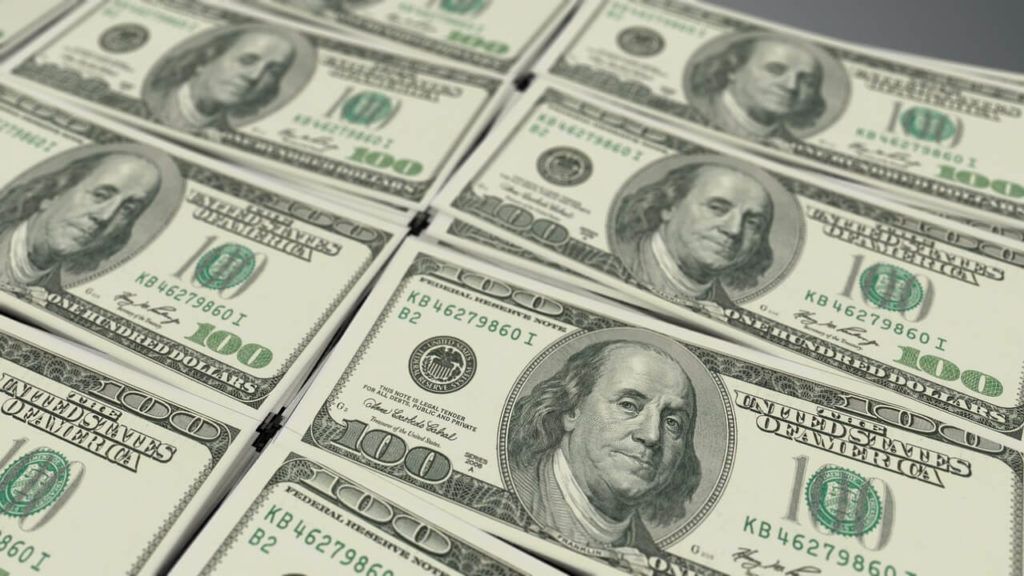
The Fed began its interest rate hikes in June 1999. (Source)
It was a similar situation regarding what occurred during the Great Recession. Chairs Greenspan and Bernanke collaborated to raise the FFR by 425 bps from June of 2003 thru June of 2006. Ben Bernanke then began cutting rates in September of 2007 with an oversized 50 bps reduction right off the bat. He then, in a rather aggressive manner, took rates to virtually zero percent by December of 2008. In other words, he slashed rates to a record low level and by a total of 525 bps, and it only took him one year and three months to do it! However, even that wasn’t enough to keep the stock and housing bubbles from crashing. By March of 2009, the Dow Jones had shed 54 percent of its value, and home prices plunged by 33 percent on a national basis.
Again, this begs the crucial and salient question: will the hoped-for rate-cutting cycle, which Jerome Powell indicated at his testimony before Congress on July 10th will probably begin on July 31st, be enough to keep the record equity bubble from imploding? Of course, nobody knows for sure, but there is some data to help us accurately model the answer.
First off, the rate-cutting cycle in the mid-nineties was abetted by the massive productivity boom engendered by the advent of the internet. There is no such productivity phenomenon of commensurate capacity evident today. In addition, China was on the cusp of bringing 200 million of its population into the middle class by taking on $38 trillion in new debt. The building of that giant pile of debt was responsible for creating 1/3rd of global growth and cannot be duplicated again. Indeed, global growth today is careening towards the flat line rather than being on the cusp of a major expansion.
Not only this but the debt burden in 1995 pales in comparison to that of 2008 and 2019. Total Public and Private US debt as a percent of GDP was just 260 percent in 1995. However, by the year 2008, it had surged to 390 percent of GDP, and that figure still stands at 365 percent today. That is over 100 percentage points higher than it was in ’95.
Another comparison to view is the amount of overvaluation in the stock market between periods. In 1995 the total market cap of equities to GDP was around 70 percent. But by 2000, it shot up to 148 percent of GDP. That figure was 110 percent at the end of 2007 and has now climbed all the way back to 146 percent today. The bottom line is the economy and markets are much more fragile today than back in 1995.
But perhaps even more important than the overvaluation of equities and the massive debt burden the economy must endure is the fact that the Fed could only raise the FFR to 2.25 percent before stocks began to falter during this last hiking cycle. Therefore, it can only cut rates nine times before returning to the zero-bound range. In each of the previous three rate-cutting cycles, the Fed had plenty of dry powder. In fact, in ’95 it had 600 bps, in 2000 it had 650 bps, and in 2008 it had 525 bps of rate cuts available to deploy.
Also, when looking at the effective number of rate hikes the Fed has engaged in during this latest tightening cycle, you get approximately the equivalent of 625 bps of hiking since 2014. This would include the wind-down of $85 billion in QE, 225 bps of nominal FFR hikes, and the $700 billion QT program—which for the first time in U.S. history saw a tremendous amount of base money destroyed. The amount of monetary tightening in this latest cycle has been trenchant.
The unavoidable conclusion is that the efforts from Mr. Powell will most likely not be nearly enough to thwart the market from its well-deserved day of reckoning.
—
DISCLAIMER: This article expresses my own ideas and opinions. Any information I have shared are from sources that I believe to be reliable and accurate. I did not receive any financial compensation for writing this post, nor do I own any shares in any company I’ve mentioned. I encourage any reader to do their own diligent research first before making any investment decisions.

-

 Africa1 week ago
Africa1 week agoMorocco Allocates 1.3 Billion Dirhams to Boost Startup Ecosystem Under Digital 2030 Strategy
-

 Crowdfunding2 weeks ago
Crowdfunding2 weeks agoStar Citizen Funding Soars as 2025 Becomes Its Most Successful Year Yet
-

 Crypto5 days ago
Crypto5 days agoAAVE Community Challenges Aave Labs Over Governance and Control
-

 Crypto2 weeks ago
Crypto2 weeks agoCrypto ETF Inflows Signal Renewed Market Confidence




